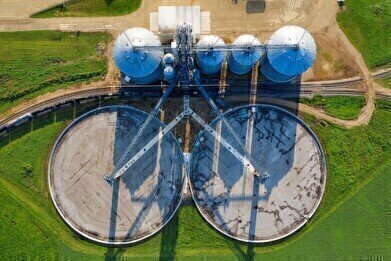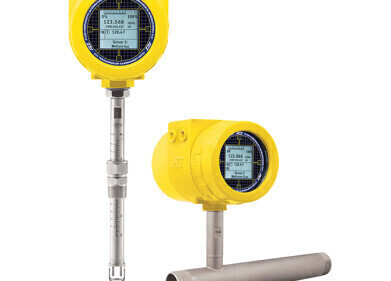Flow Level Pressure
What Are the Different Types of Oil Storage Tanks?
Dec 10 2022
Transforming crude oil into finished products like gasoline and petrochemicals is a complex and lengthy process. Throughout the production and manufacturing stages, oil storage tanks are used to hold and store oil and derivatives. There are multiple factors to consider when choosing storage tanks, including the unique physical and chemical properties of the product being stored. Sites must also factor in health and safety regulations, as well as environmental risks and other legal requirements.
Oil storage tanks come in a myriad of shapes, sizes, styles and materials. Below, we take a closer look at the different types of oil storage tanks.
Floating Roof Oil Tanks
Floating roof tanks feature a dynamic roof that rises and falls depending on the level of oil being stored. This helps minimise the accumulation of vapour inside the tanks. As well as reducing loss due to evaporation, floating roof tanks are a clever safety feature and help reduce the build-up of flammable vapours.
Fixed Roof Oil Tanks
Fixed roof tanks are useful for storing oil and hydrocarbons with vapour pressures that are equal or similar to atmospheric pressure. The risk of vapour build-up isn’t as high which eliminates the need for a floating roof tank. Roofs are either flat or conical.
Bunded Oil Tanks
Bunded tanks feature a ‘tank within a tank’ design. The internal tank is housed in a larger outer tank to create a containment dike. This acts as a catchment to collect leaks and spills. As well as preventing product loss, bunded tanks help sites prevent oil from seeping into the natural environment.
Single Skin Oil Tanks
Simple and affordable, single skin tanks are a good option for above-ground storage. However, they offer minimal protection when it comes to leaks.
Double Skin Oil Tanks
Also known as twin-walled tanks, double skin tanks offer an extra layer of protection against leaks and spills.
Open Top Oil Tanks
Open top tanks are rarely used as there’s a high risk of contamination from external debris. There’s also a higher risk of the oil evaporating or catching fire.
Materials used to manufacture oil storage tanks
Carbon steel, stainless steel, industrial-strength plastic and reinforced concrete are some of the most common materials used to manufacture oil storage tanks. As a general rule, materials must be strong, durable and resistant to corrosion by crude oil and petroleum-based products.
As mentioned earlier, a one-size-fits-all methodology is unsuitable when choosing oil tanks. Find out more about why a strategic and specialised approach matters in ‘Storage Tanks for Oil & Chemicals - Everything You Need to Know’.
Digital Edition
PIN 25.1 Feb/March
March 2024
In This Edition Safety - The technology behind the ION Science Tiger XT - Safety with ammonia and LOHCs as hydrogen carriers Analytical Instrumentation - Discussion on new tribology te...
View all digital editions
Events
Apr 22 2024 Hannover, Germany
Apr 22 2024 Marrakech, Morroco
Apr 22 2024 Muscat, Oman
Apr 22 2024 Rotterdam, Netherlands
Apr 23 2024 Singapore


















